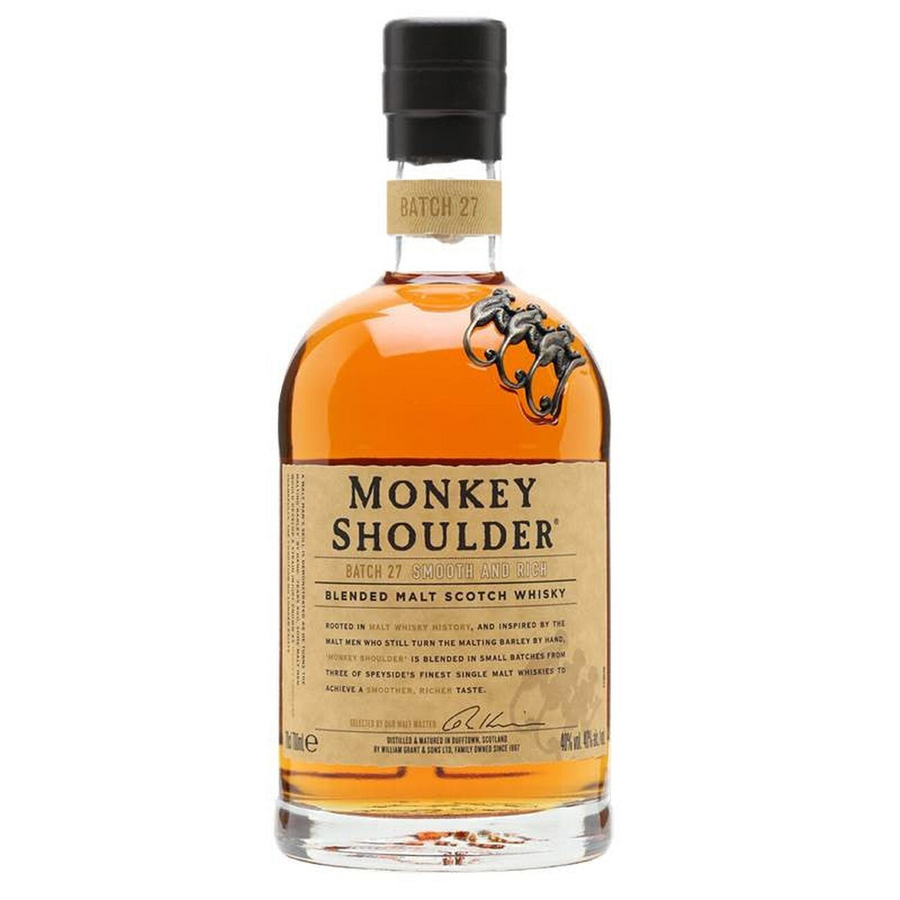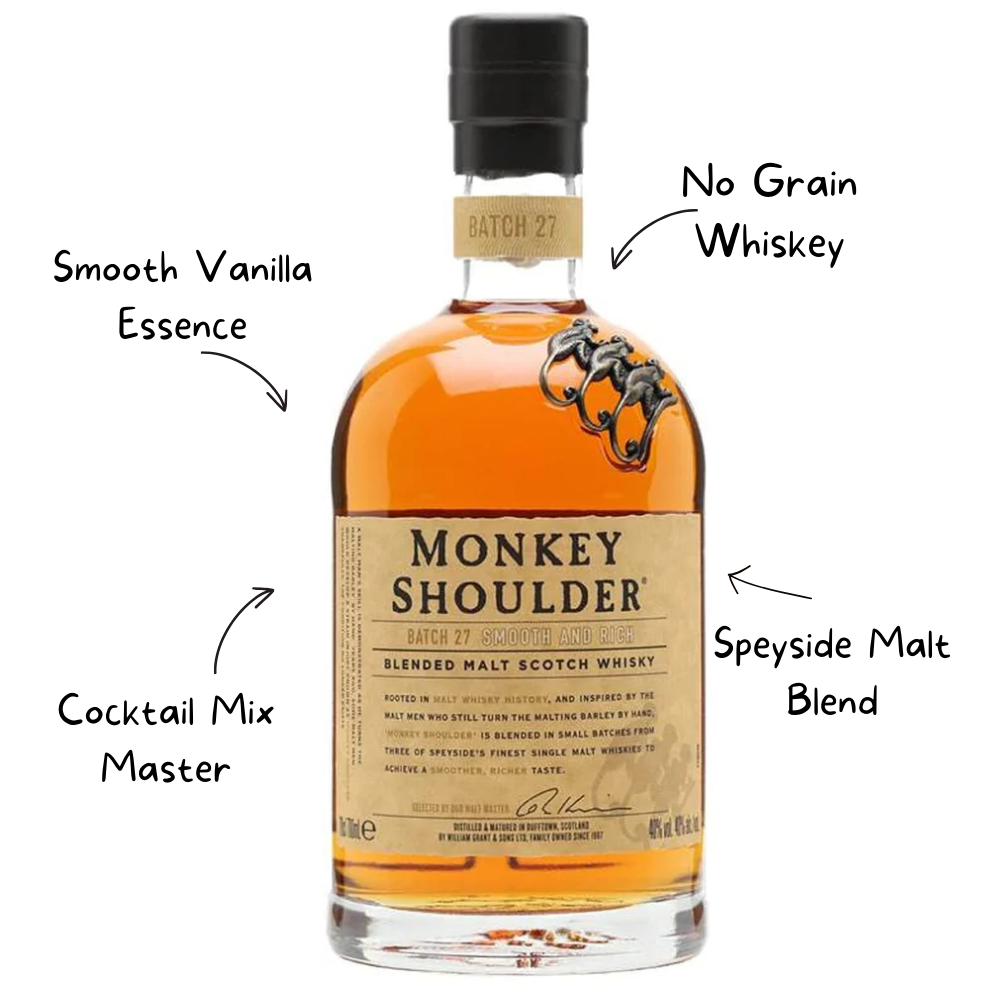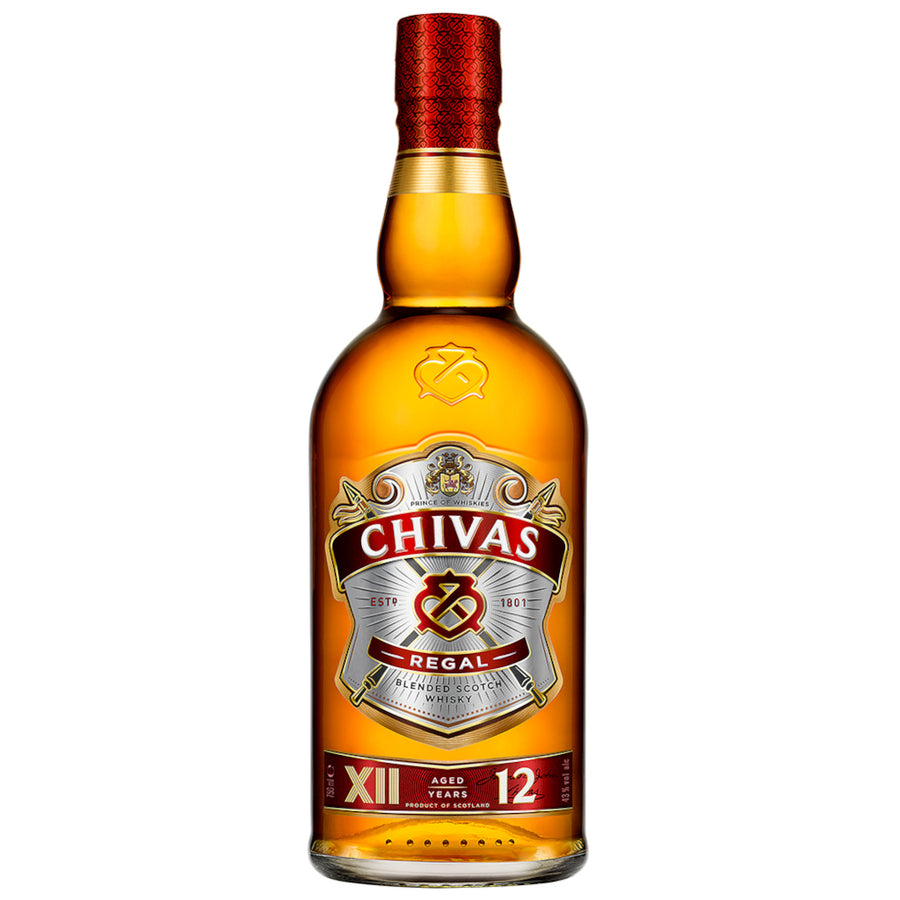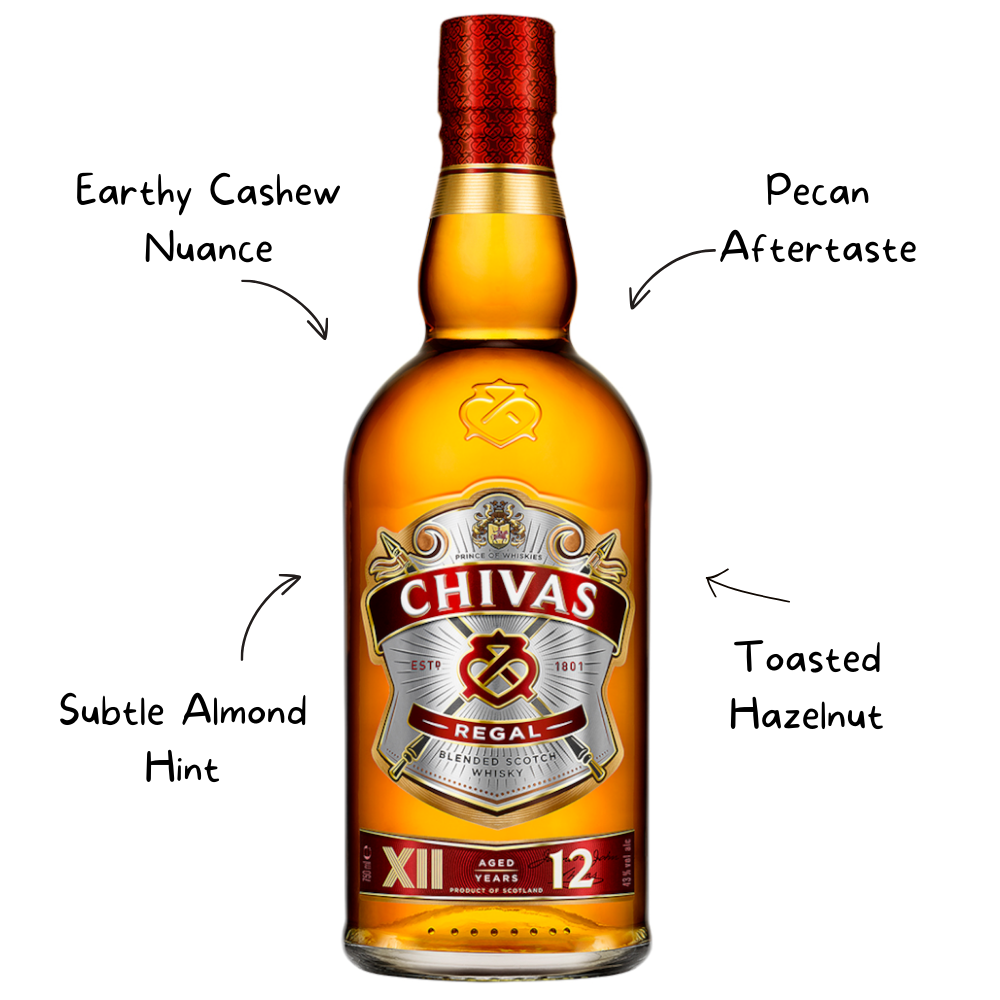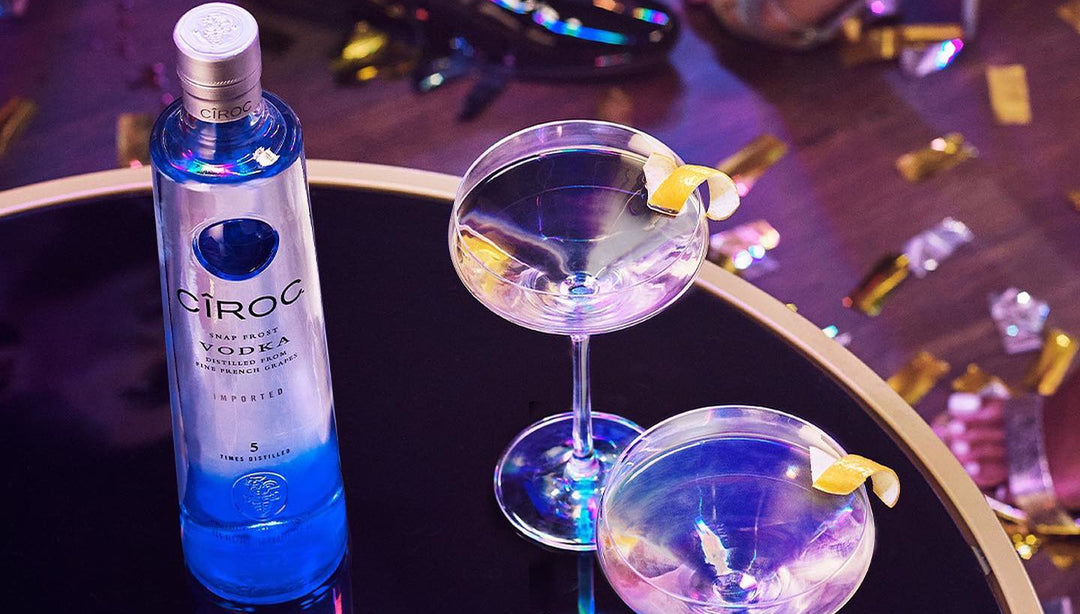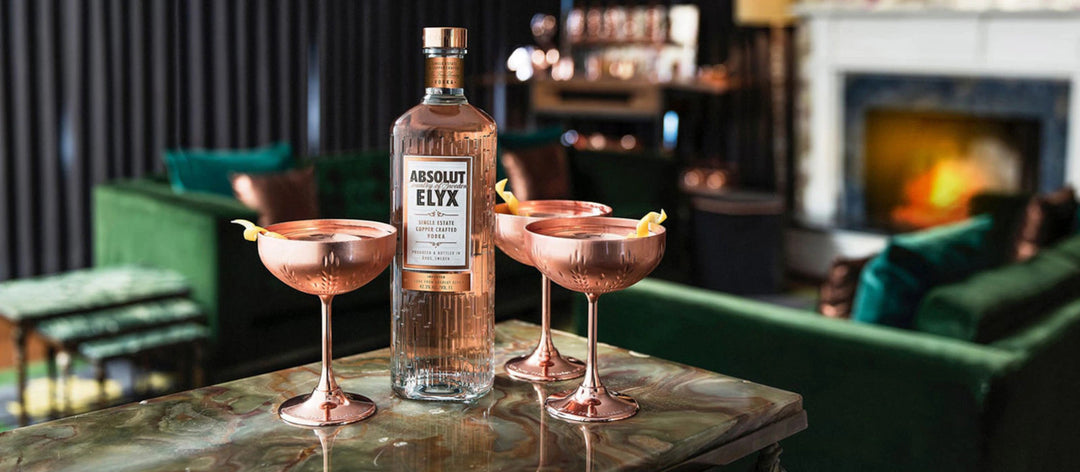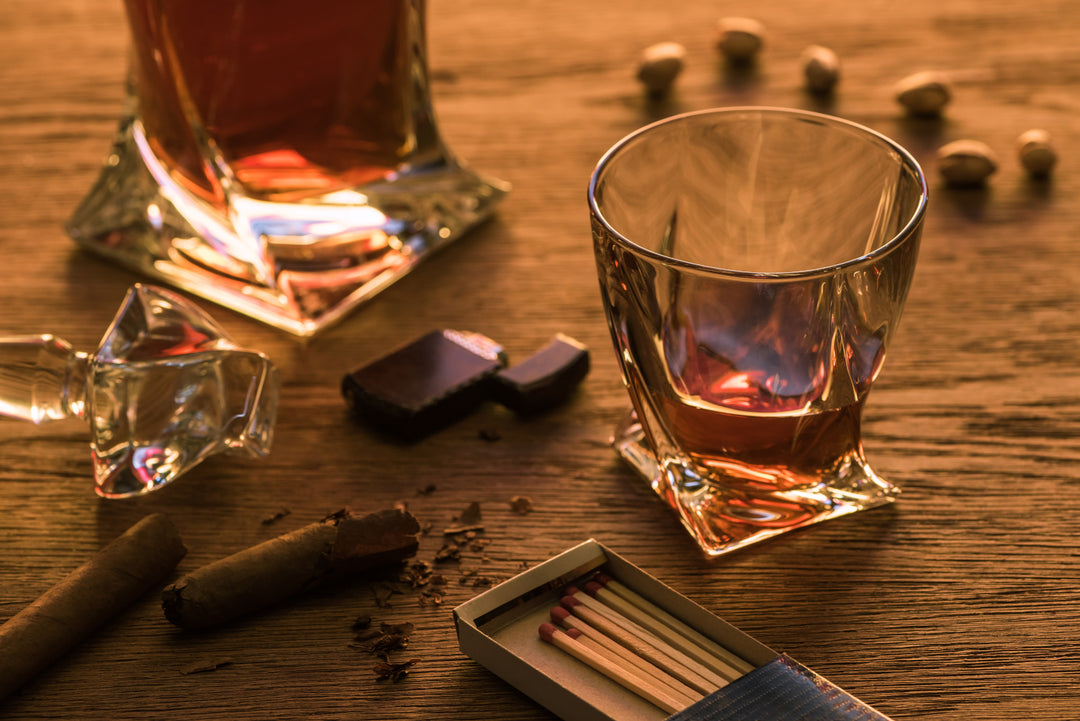
Scotch whisky, often simply referred to as Scotch, is a treasured product of Scotland and a significant part of the country's history and culture. Known for its wide range of flavors and styles, Scotch is appreciated by connoisseurs and enthusiasts around the globe.
The history of Scotch whisky can be traced back to ancient times. The first written record of whisky production in Scotland dates back to 1494 in the Exchequer Rolls, which mentioned "eight bolls of malt to Friar John Cor wherewith to make aqua vitae." However, it's believed that distillation was introduced to Scotland many centuries earlier by monks, possibly as early as the 4th or 5th century.
Throughout the centuries, Scotch whisky evolved from a rudimentary spirit into a sophisticated drink. The whisky industry faced numerous challenges, including regulation changes, high taxation, and even periods of prohibition, but it persevered and continued to grow.
Today, Scotch whisky is protected by UK law and must meet specific criteria to be legally defined as Scotch. It must be produced at a distillery in Scotland from water and malted barley, aged in oak barrels for a minimum of three years, and bottled at a minimum of 40% alcohol by volume.
Scotland is divided into six primary whisky-producing regions: Highlands, Lowlands, Speyside, Islay, Campbeltown, and the Islands. Each region is distinguished by its unique style of whisky, influenced by local geography, climate, water sources, and traditional production methods. The regional distinctions contribute to the diversity and complexity of Scotch whisky, offering a wide range of flavors and experiences for whisky lovers to explore.
Scotch whisky is more than just a drink; it's a reflection of Scotland's history, its people, and its natural beauty. The craftsmanship involved in its production, from malting to distillation to aging, is a testament to the country's dedication to quality and tradition. Whether enjoyed neat, on the rocks, or as part of a cocktail, Scotch whisky continues to captivate and delight people around the world.
The characteristics that set these regions apart and explore the distinct flavors of Scotch whisky they produce.
Highlands ScotchThe Highlands is the largest whisky-producing region in Scotland, spanning a vast and diverse landscape from coastal areas to the mountainous north. Due to its size, the region is home to a wide variety of flavors and styles. Highland whiskies tend to be robust and full-bodied, with a range of flavor profiles that include fruity, sweet, spicy, and smoky notes. Some notable distilleries in this region include Glenmorangie, Dalmore, and Oban.
Speyside ScotchSpeyside, nestled within the Highlands, is a region defined by the River Spey and its tributaries. Boasting the highest concentration of distilleries in the country, Speyside is often considered the heart of the Scotch whisky industry. Speyside whiskies are known for their elegance and complexity, characterized by fruity, floral, and honeyed flavors. They are generally less peaty than other Scotch whiskies, making them more approachable to novices. Renowned distilleries in Speyside include Glenfiddich, The Macallan, and Glenlivet.
Islay ScotchIslay, a small island off the west coast of Scotland, is famous for its intensely peaty and smoky whiskies. The island's unique peat, composed of decomposed vegetation, imparts a distinct flavor to the whiskies produced here. Islay whiskies are known for their medicinal, iodine, and seaweed notes, often accompanied by hints of sweetness. Some of the most iconic Islay distilleries are Ardbeg, Laphroaig, and Bowmore.
Campbeltown ScotchOnce a thriving whisky-producing region, Campbeltown is now home to only three distilleries: Springbank, Glengyle, and Glen Scotia. Situated on the Kintyre Peninsula, whiskies from Campbeltown are influenced by their coastal location. They often display a combination of maritime characteristics, such as brine and salt, alongside fruity and smoky flavors. The region's whiskies are distinctive and are often described as having a "damp, earthy" quality.
Lowlands ScotchThe Lowlands, covering the southern part of Scotland, produce lighter, more delicate whiskies compared to their northern counterparts. Lowland whiskies are characterized by their floral, grassy, and citrusy notes, with a subtle sweetness and minimal peat influence. They are often referred to as "Lowland Ladies" because of their gentle and elegant nature. Notable distilleries in this region include Auchentoshan, Glenkinchie, and Bladnoch.
Islands Scotch
The Islands is a loosely defined region encompassing the islands surrounding mainland Scotland, excluding Islay. Whiskies from these islands can vary greatly, with flavors ranging from lightly peated to heavily peated and from fruity to maritime. The region's whiskies often have a distinctive island character, influenced by the rugged, windswept landscapes and stormy seas. Some prominent distilleries in the Islands region include Highland Park (Orkney), Talisker (Isle of Skye), and Jura (Isle of Jura).
Scotch whisky is a remarkable distillation of Scotland's rich heritage, encapsulating centuries of knowledge, craftsmanship, and the distinctive flavors of its landscape. The diversity offered by the regional variations embodies the spirit of exploration that whisky enthusiasts cherish. As we sip and savor these extraordinary spirits, we become part of the ongoing story of Scotch whisky, a story steeped in tradition yet continually evolving.
Whether you're a novice to the world of Scotch or a seasoned connoisseur, the journey with WhiskeyD through Scotland's whisky regions promises a sensory adventure that resonates with the warmth, character, and enduring appeal of this beloved nation. To partake in Scotch whisky is to experience a timeless connection to the soul of Scotland.






